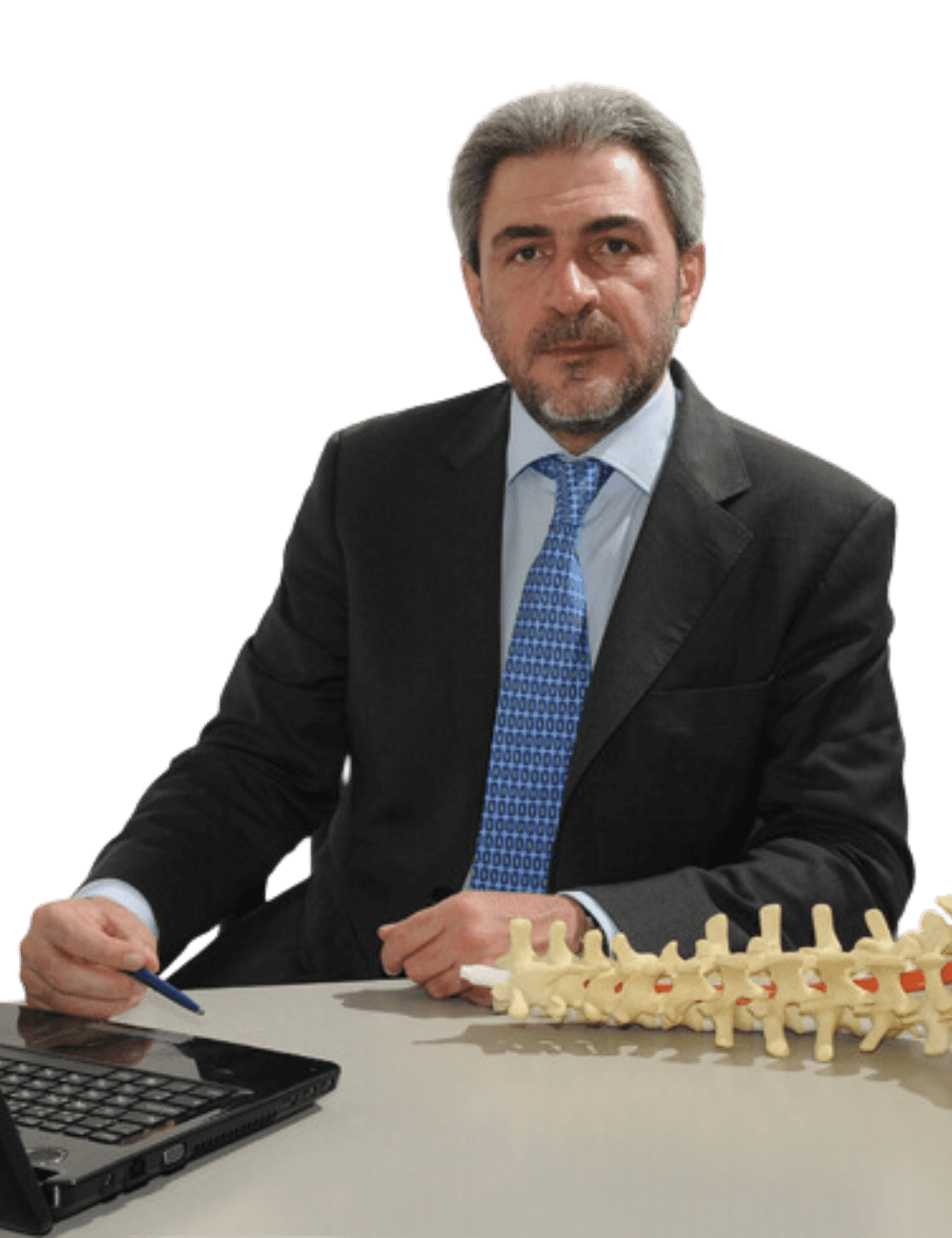Brain imaging with single-photon emission computed tomography (SPECT) can distinguish post-traumatic stress disorder (PTSD) from traumatic brain injury (TBI) with high sensitivity, new research shows.
“Persons with TBI or PTSD can present with overlapping symptoms, making them challenging to tell apart,” coauthor Cyrus Raji, MD, PhD, from the University of California, Los Angeles (UCLA), told Medscape Medical News. “SPECT imaging can be effectively used in both inpatient and outpatient settings to understand if a patient may have PTSD as opposed to TBI. In our study, SPECT shows that persons with TBI have abnormally decreased blood flow while those with PTSD have abnormally elevated perfusion in certain brain regions.”
“Clinically, this information can be applied to stratify patients into appropriate treatment strategies that are very different depending on if a patient has PTSD or TBI,” Dr Raji said.
The study was published online July 1 in PLOS One.
Highly Accurate
The researchers conducted a retrospective analysis of more than 20,000 SPECT examinations performed at rest and on-task among nonmilitary patients evaluated for psychiatric and/or neurologic conditions at 1 of 9 outpatient clinics from 1995 to 2014. Diagnoses were made by board-certified or board-eligible psychiatrists on the basis of clinical history, mental status examination, and criteria of the fourth or fifth editions of the Diagnostic and Statistical Manual of Mental Disorders, “consistent with the current standard of care.”
They analyzed two groups. Group 1 included 104 patients with TBI, 104 with PTSD, and 73 with both conditions matched for demographic characteristics and comorbidity compared with each other and to 116 healthy individuals. Group 2 consisted of 7505 patients diagnosed with TBI, 1077 with PTSD, and 1017 with both, along with 11,147 individuals who did not have PTSD or TBI but had other psychiatric illnesses, such as depression.
“To my understanding this is the largest functional neuroimaging study on TBI or PTSD published. Using both quantitative and qualitative analyses of over 20,000 SPECT images of the brain, we can distinguish TBI from PTSD with 80% to 100% sensitivity,” Dr Raji told Medscape Medical News.
SPECT was able to “separate PTSD and TBI from healthy controls, from each other, and detect their co-occurrence, even in highly comorbid samples,” the researchers report in their article. “This modality may offer a clinical option for aiding diagnosis and treatment of these conditions.”
Back in April, in the journal Brain Imaging and Behavior, Dr Raji and his collaborators reported results of a smaller study in about 200 military veterans showing that SPECT can distinguish PTSD and TBI with 94% accuracy in this population.
In the current study, compared with patients who have TBI, patients with PTSD showed increases in the limbic regions, cingulum, basal ganglia, insula, thalamus, prefrontal cortex, and temporal lobes, the researchers note.
Robust Findings
The observations in this study are “pretty robust and in a robust population, which I think is neat,” Jacob Dubroff, MD, PhD, assistant professor of radiology at the Hospital of the University of Pennsylvania in Philadelphia, who wasn’t involved in the study, noted in an interview with Medscape Medical News.
“These two patient populations,” he added, “can cross over a little bit and it looks like we can figure out who is who a little bit better not just from their symptoms but from their brain scans. SPECT is not new and the concept of increased blood flow going to where there is more activity is not new, [but] the study gives insights into some of the brain circuitry, which is always helpful. You really see where there is more blood flow in PTSD patients in the limbic regions, which is the very emotional, primordial part of the mammalian brain, vs TBI where everything seems to be much quieter, there is not as much blood flow,” Dr Dubroff commented.
“The question is what do we do with this information and should more people be getting this test. SPECT has been around for awhile, is readily available, and I do think it’s underutilized in these patients,” Dr Dubroff said.
“This publication may pave the way for future studies that prospectively apply functional brain imaging in a variety of psychiatric disorders in general and PTSD and TBI in particular,” said Dan Silverman, MD, PhD, chief of neuro-nuclear medicine at UCLA Medical Center, who was not involved with the study.
Dr Raji has disclosed no relevant financial relationships.
PLoS One. Published online July 1, 2015. Full text
source: medscape.com


